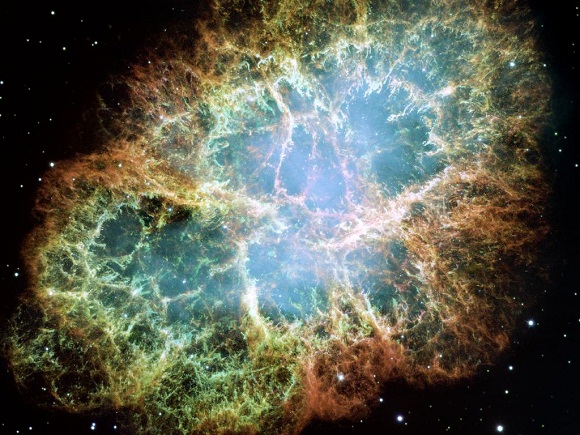Using the Hubble Space Telescope, astronomers have been looking ten thousand years into the future of the vast globular cluster Omega Centauri.

A close up of Omega Centauri: the white box encloses the stars covered by this research. (image credit: NASA/ESA)
Nearly 16 000 light years from Earth, Omega Centauri is a vast globular cluster of several million stars. Omega Centauri might be the core of a dwarf galaxy which was torn to pieces and partially absorbed by the Milky Way galaxy in the distant past. This traumatic past is hinted at by Omega Centauri’s chemical composition and motion around the galaxy. The cluster may, like a galaxy’ core, have a black hole at its centre.
I often find myself describing globular clusters like Omega Centauri as looking like swarms of angry bees. Recent research using observations by the Wide Field Camera 3 (WFC3) in the Hubble Space Telescope (HST) agrees with this simile. The stars in central region of the cluster were imaged with the WFC3 in 200s and then again in 2006. Thanks to this instrument’s amazing resolution, the individual movements of stars over the four years could be measured and their directions plotted. The movie below (from NASA, ESA, J. Anderson and R. van der Marel (STScI)) illustrates this beautifully.
This work has revealed that all the stars in the image are moving randomly, just like the bees in a swarm. From these measurements, astronomers can extrapolate forward effectively predicting the stars’ movements over the coming millennia, ten thousand years into the future.

The stars in their courses: the future positions of the stars highlighted in the white box in the top image. Each streak represents the motion of the stars over the next 600 years. The motion between the dots corresponds to 30 years. (Image credit: ESA/NASA)
The pseudoscience of astrology pretends to use the stars to foresee the future for people; it took astronomers to predict the destinies of the stars!



2 Comments
Ivan · February 26, 2016 at 05:28
Is it possible, that what we see from the furthest distance into space, may no longer exist: and what we actually see is the remnant light transmitted from so many light years ago from an origin of a fixed previous point in space and a previous fixed time for that very same space may now be empty in this current time and space? What we see is only a historical image of the past as a text book reference for our current awe, learning and understandin?
Tweets that mention Hubble Space Telescope sees into Omega Centauri's future | Astronotes -- Topsy.com · November 19, 2010 at 10:38
[…] This post was mentioned on Twitter by Mr Spock's Movies, Armagh Planetarium. Armagh Planetarium said: Astronomers (not astrologers) predict the future! http://su.pr/23ojFp […]